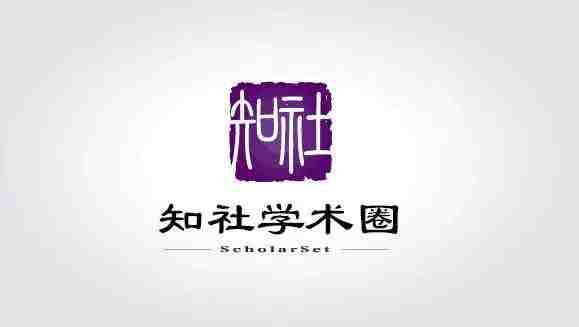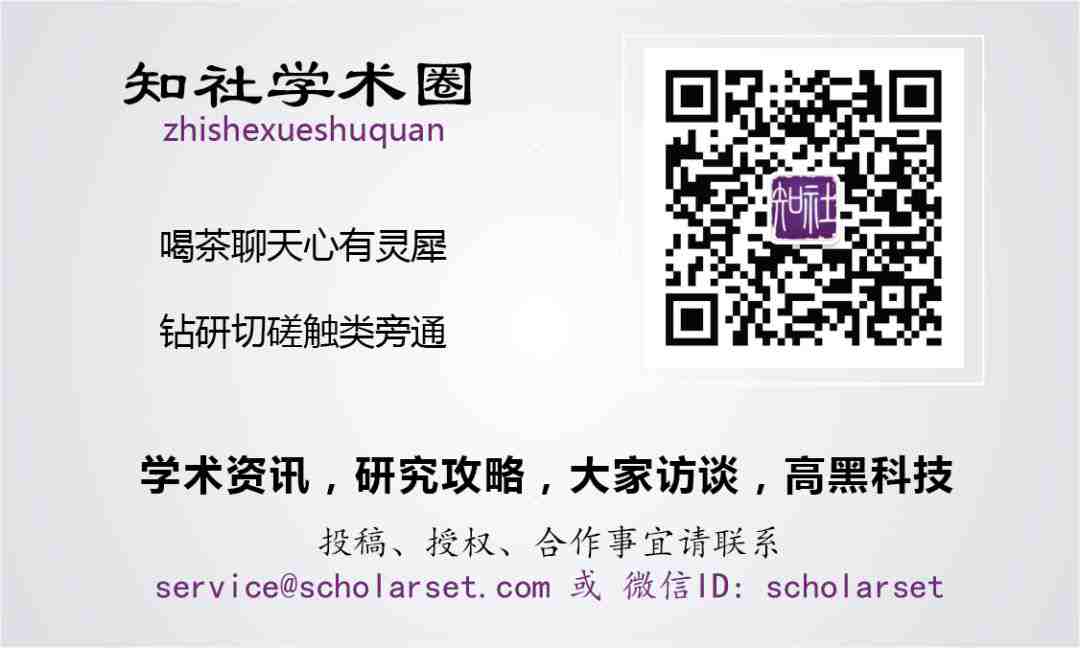npj:光电子学领域新来的几个孩子——铋/锑基卤氧化物和硫卤化物

海归学者发起的公益学术平台
分享信息,整合资源
交流学术,偶尔风月

近十年来,ns2阳离子(如Pb2+和Sn2+)基卤化物(如混合钙钛矿太阳能吸收剂等)已成为最令人兴奋的光电子材料新类别之一。这些材料不仅在某些情况下表现出前所未见的性能,且可能以其优异的性能(如对缺陷的极端耐受性)打开一片新天地。然而,此类材料才刚出现不久,其很多化合物尚未得到充分的探索。来自吉林大学、密苏里大学和阿肯色州立大学的科研人员,采用连贯第一性原理法研究了一系列铋/锑卤氧化物和硫卤化物的性质及其规律。他们惊奇地发现,一些铋基硫卤化物(带隙范围为1.5~2eV)有望用于太阳能电池和室温辐射探测器;而它们的卤氧化物(带隙高于3 eV),则由空穴传导,若被掺杂,可用作透明导电材料。在此基础上,合作者们进而探讨了这些化合物的电子结构及其与晶体几何结构的关系,以及对带边扩散和载流子有效质量的影响。作者们据此认为,有必要对该类潜在的光电子应用材料作进一步实验研究,为其在太阳能电池等方面的应用奠定基础。该文近期发表于npj Computational Materials 4: 14 (2018); doi:10.1038/s41524-018-0071-1。英文标题与摘要如下,点击阅读原文可以自由获取论文PDF。

Bismuth and antimony-based oxyhalides and chalcohalides as potential optoelectronic materials
Zhao Ran, Xinjiang Wang, Yuwei Li, Dongwen Yang, Xin-Gang Zhao, Koushik Biswas, David J. Singh& Lijun Zhang
In the last decade the ns2 cations (e.g., Pb2+ andSn2+)-based halides have emerged as one of the most exciting new classes of optoelectronic materials, as exemplified by for instance hybrid perovskite solar absorbers. These materials not only exhibit unprecedented performance in some cases, but they also appear to break new ground with their unexpected properties, such as extreme tolerance to defects. However, because of the relatively recent emergence of this class of materials, there remain many yet to be fully explored compounds. Here, we assess a series of bismuth / antimony oxyhalides and chalcohalides using consistent first principles methods to ascertain their properties and obtain trends. Based on these calculations, we identify a subset consisting of three types of compounds that may be promising as solar absorbers, transparent conductors, and radiation detectors. Their electronic structure, connection to the crystal geometry, and impact on band-edge dispersion and carrier effective mass are discussed.

本文系网易新闻·网易号“各有态度”特色内容
媒体转载联系授权请看下方

最新评论
推荐文章
作者最新文章
你可能感兴趣的文章
Copyright Disclaimer: The copyright of contents (including texts, images, videos and audios) posted above belong to the User who shared or the third-party website which the User shared from. If you found your copyright have been infringed, please send a DMCA takedown notice to [email protected]. For more detail of the source, please click on the button "Read Original Post" below. For other communications, please send to [email protected].
版权声明:以上内容为用户推荐收藏至CareerEngine平台,其内容(含文字、图片、视频、音频等)及知识版权均属用户或用户转发自的第三方网站,如涉嫌侵权,请通知[email protected]进行信息删除。如需查看信息来源,请点击“查看原文”。如需洽谈其它事宜,请联系[email protected]。
版权声明:以上内容为用户推荐收藏至CareerEngine平台,其内容(含文字、图片、视频、音频等)及知识版权均属用户或用户转发自的第三方网站,如涉嫌侵权,请通知[email protected]进行信息删除。如需查看信息来源,请点击“查看原文”。如需洽谈其它事宜,请联系[email protected]。